Welcome to Jazz Guitar Hardball. This month we are putting the spotlight on Cal Collins (b.1933 – d. 2001), a relatively obscure and under-celebrated jazz guitarist who has been one of my favorites for decades. Cal was well known for his tours with Benny Goodman in the seventies, for his combo recordings on the Concord label and as a fixture in the Cincinnati jazz scene between the seventies and nineties.
To a large degree, the studying of jazz has moved into the university system, and with that, jazz programs run the risk of producing players who tend to sound similar in technique, tone and in the application of the traditional principles of jazz. Listening to FM jazz stations, it is sometimes difficult to distinguish current jazz guitarists from one another. Hail the likes of Cal Collins! He was a self-taught player who learned on the street, and in his early days, on the farm. He learned to play by ear, without books, and disdained trying to read music. In spite of that, or perhaps because of it, the result was a unique, personal style that is instantly recognizable to anyone who has listened to him. Cal was a down-home guy that liked to smoke, showed up at gigs rumpled and overlooked the many cracks in his Gibson archtop as long as it sounded good – he preferred the ES-350, L-7 style guitars and Gretsch archtops. He reached the goal that we all strive for: an individual and highly evolved style that comes from inside.
I became aware of Cal’s lack of academic training when I heard him speak at a clinic in the late eighties. Cal had little academic ability to explain how he played or to discuss his application of jazz theory. He was not a schooled player and he stumbled over theoretical questions. His final answer to many questions often had to do with the earth-shattering revelation that he would use particular chords, lines and ideas “if they sounded good to him.” His method of practicing involved a kind of “going fishing,” where he would substitute chords under melody notes until he found combinations that sounded good to his ear. One might consider that his performance style actually benefited from a life free of scholastic influence. 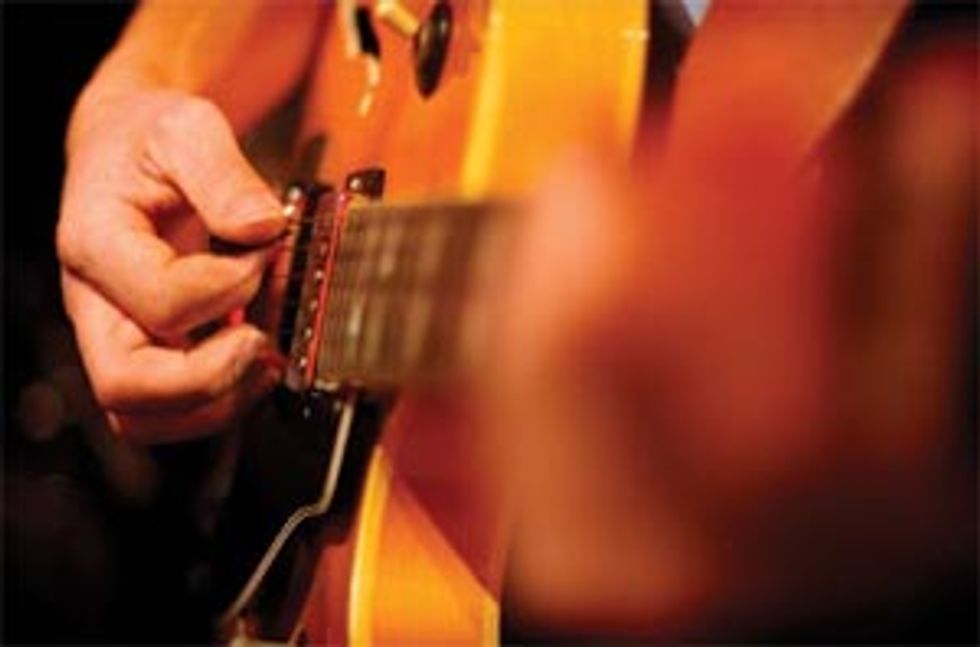
Aside from simply enjoying his music, here’s the most important lesson we can learn from the unschooled-play-from-the-heart Cal Collins: if you’re in a college jazz program, or if you are already a serious student of jazz guitar, it is important to realize that the technical aspects of the style (scales, patterns, chords, exercises) are valuable in laying a foundation of technique, but they are of secondary importance in the development of a unique individual style. Studying those technical aspects normally will not increase one’s intuition, ear-to-hand skills (being able to recreate on the guitar what is first heard in one’s head) or one’s capacity to hear and recreate stirring music.
Like many players from that era, Cal had the added advantage of growing up in the decades which created the “standard” tunes that later became jazz vehicles, so the melodies were “in his head” already. The best we can hope to do in this era is to become steeped in that music through active listening. A combination of listening, performing a variety of ear training activities (such as singing intervals and sightsinging), memorizing the repertoire and singing the solos of earlier masters all have much more to do with the development of a unique, intuitive style. It is through developing our capacity to hear, in combination with spending years of absorbing music through intentional listening, that one can hope to evolve into a unique and intuitive player. Cal’s honest, playfrom- the-guts style reminds us that it’s so.
*Many of his best recordings are out of print but can still be found on vinyl: Cincinnati to L.A. (Concord Jazz), In San Francisco (Concord Jazz), Blues on My Mind (Concord Jazz), By Myself (Concord Jazz), Cross Country (Concord Jazz) and Crack’d Rib (Mo Pro). On CD, although possibly out of print: Ohio Style (Concord Jazz).
Jim Bastian
A clinician and jazz educator, Jim Bastian is a 10 year veteran of teaching guitar in higher education. Jim holds two masters degrees and has published 6 jazz studies texts, including the best-selling How to Play Chordal Bebop Lines, for Guitar (available from Jamey Aebersold). He actively performs on both guitar and bass on the East Coast.
An avid collector and trader in the vintage market, you can visit Jim’s store at premierguitar.com (dealer: IslandFunhouse).




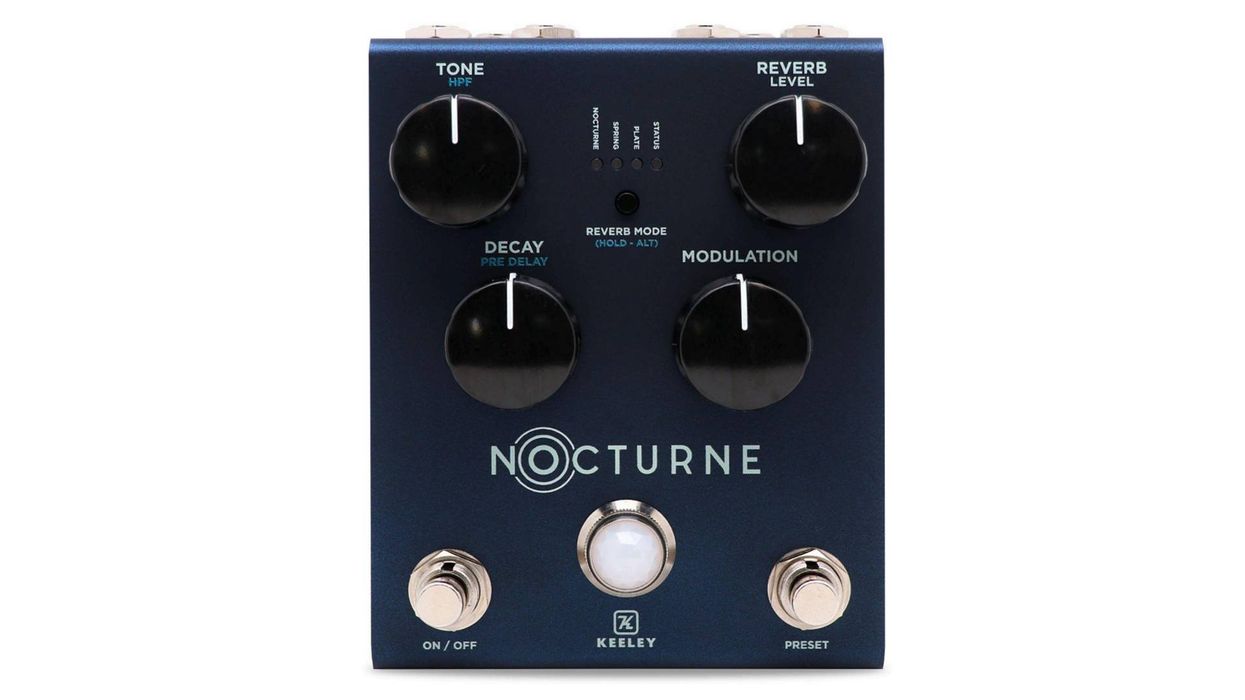
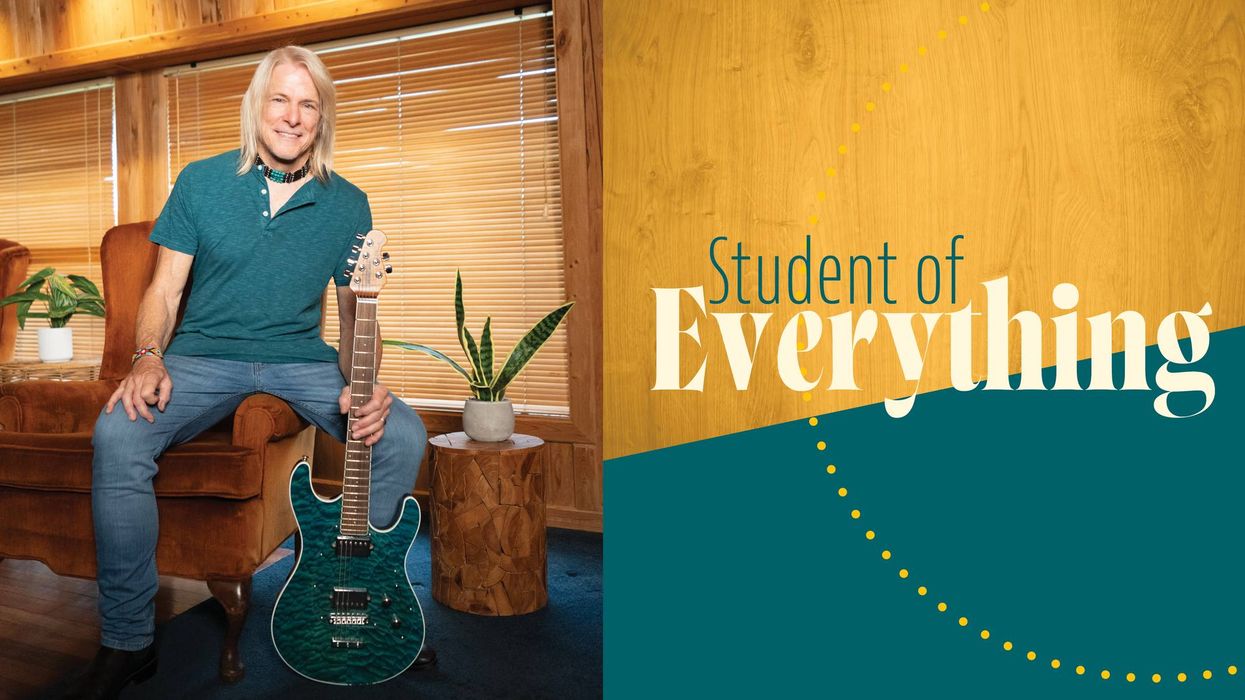








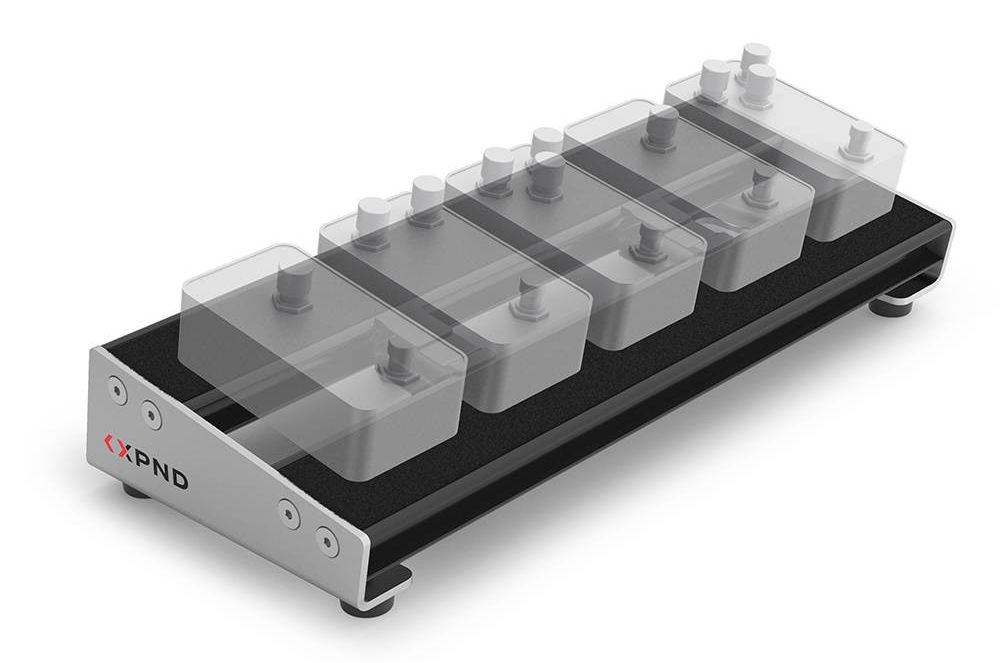
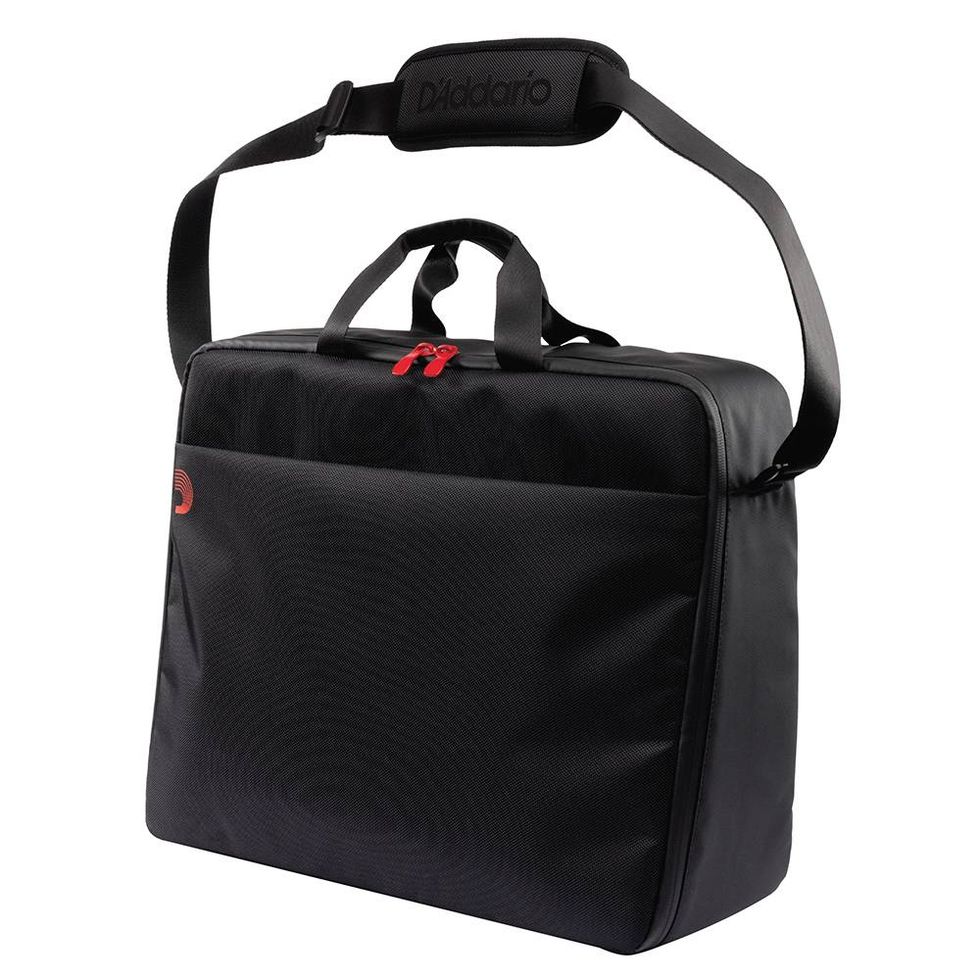



![Rig Rundown: Russian Circles’ Mike Sullivan [2025]](https://www.premierguitar.com/media-library/youtube.jpg?id=62303631&width=1245&height=700&quality=70&coordinates=0%2C0%2C0%2C0)






